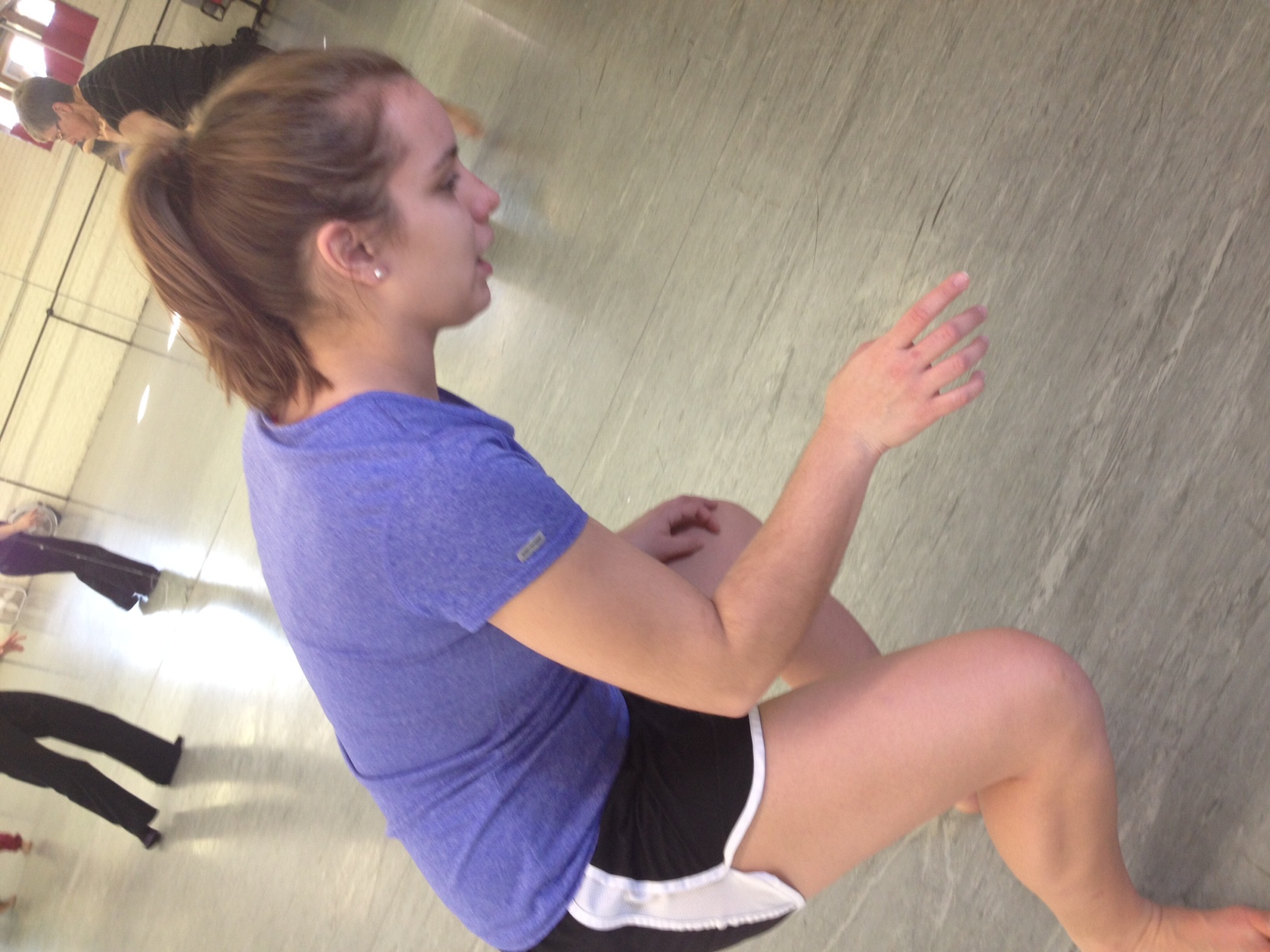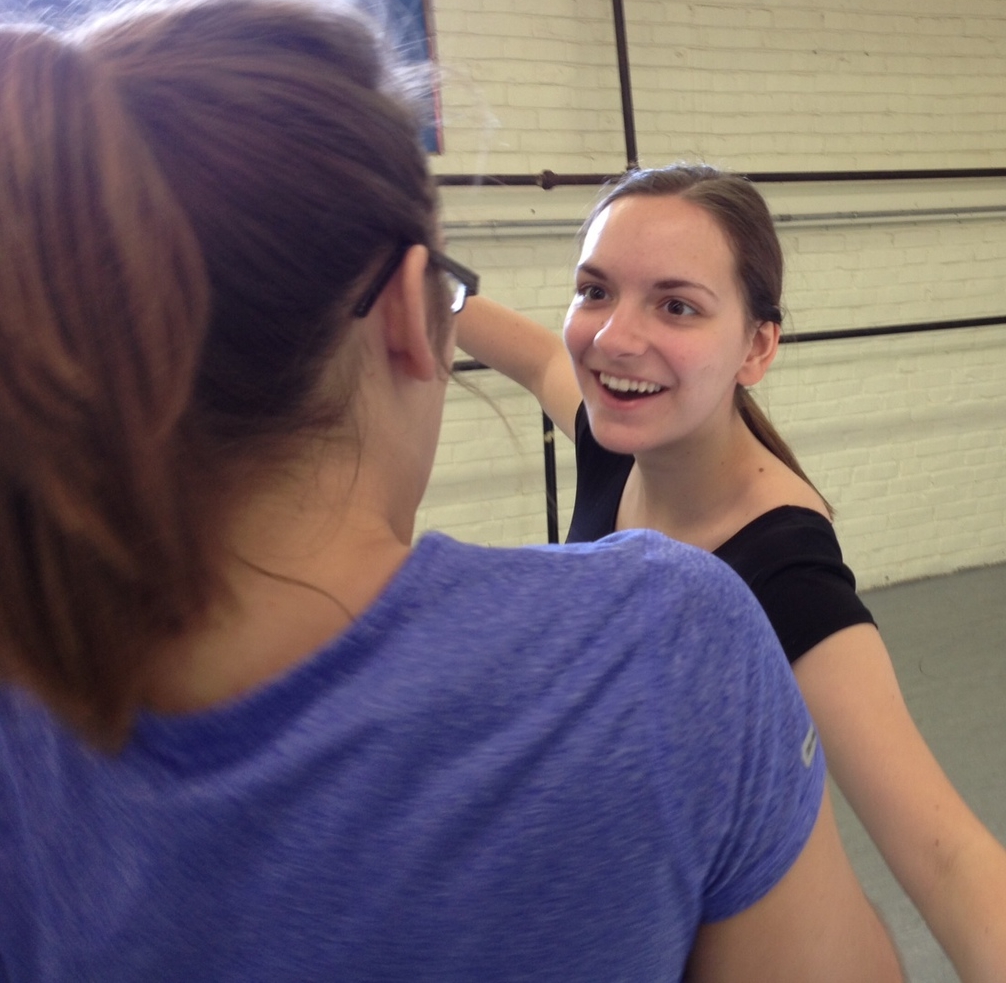Explore, Apply, Create - Conservatory Blog
/The conservatory has been a whirlwind of learning, experience, challenges, and many personal breakthroughs. What more could one ask for? I had expected to feel growth within myself, but I feel like I am walking away with more than I expected, and that is a powerful feeling.
I am most proud of the project I have been creating over the course of the conservatory with the guidance and direction of Kari and the outside eyes of others involved in the conservatory. This project is an abstract exploration of Blanche Dubois throughout the play A Streetcar Named Desire. Not only have I learned an incredible amount about Blanche through character exploration, but I have been challenging myself on a personal level as an actor and artist.
I have always had an interest in Blanche, and I was working on one of her monologues with Kari over the winter through the Margolis Method Online Training. Before the conservatory started, Kari and I had talked about working on more of her monologues, and we then decided that it would be amazing to create my solo project around this idea. Instead of performing monologues, I went through the play and picked out important lines from throughout; some in bigger chunks, some were a line from here and there, and pieced them together into sections that were not necessarily linear but themed well together. The concept of the project is to have the audience experience what it would be to have Blanche alone in her bedroom, and live through many of the events and her emotional states of being through the play.
Blanche is an incredibly complex character, but she is human, and we are all complex beings living through life. We are never living in one pure emotional state, and we all have life experiences that make us who we are today. Life experiences are both good and bad, and shades of beautiful and ugly. My goal is for the audience to go on an emotional journey with me through the lens of Blanche.
A comment I had made to Kari after our first run through of my piece was, “I have always struggled memorizing text, and I am so surprised that I ran the entire piece without having to think about what the text was! I wasn’t worried about where I was or what was coming next!” Her response was that it is because I muscularly manifested it the way we broke down each section and each transition so specifically. One of Kari’s BIG quotes is “Specificity elicits creativity!” This is so important. From minute interactions with objects to the larger transitions of scenes, every detail counts. The more specific you are, the more crisp, clean, engaging, and inspiring it is for yourself, and for the audience.
It has been an honor to work with Kari in this creative way. She is brilliant at what she does and is so passionate to help others to challenge themselves to reach their best and beyond. I have learned so much from every exercise, every improv, and every moment of this conservatory! I will be leaving smarter, stronger, inspired, and even more passionate for the method, to create more work, and apply my skills to future projects!
~ Jackie McCoy














